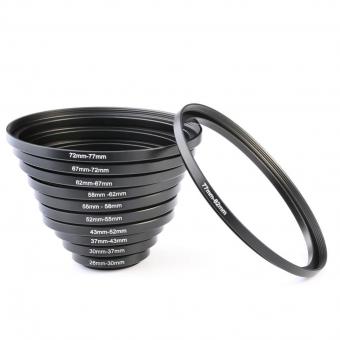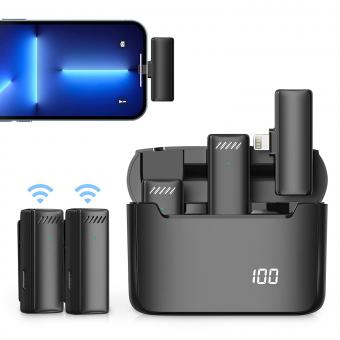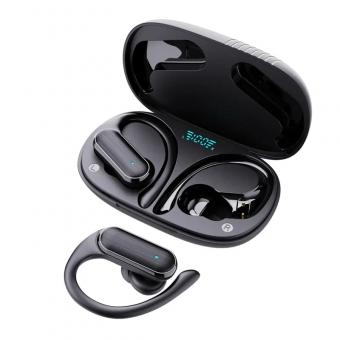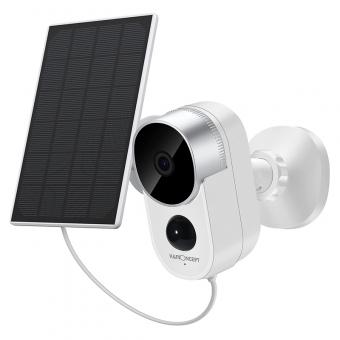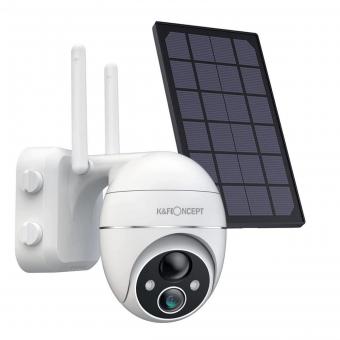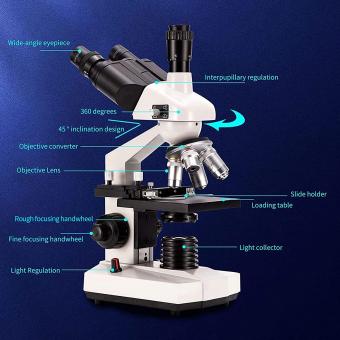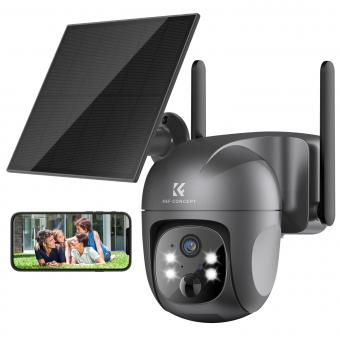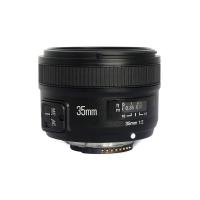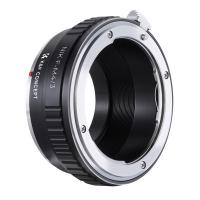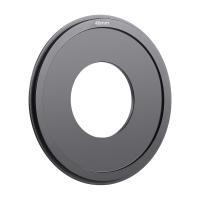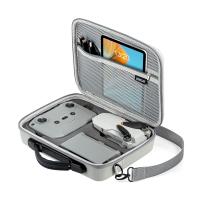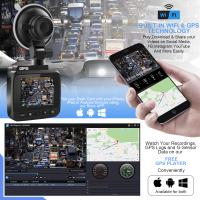How To Set Up A Wireless Surveillance Camera ?
To set up a wireless surveillance camera, first, choose a location for the camera that provides a clear view of the area you want to monitor. Then, connect the camera to a power source and follow the manufacturer's instructions to connect it to your Wi-Fi network. Once the camera is connected to your network, you can access it through a mobile app or web browser to view live footage and adjust settings such as motion detection and recording schedules. It's important to ensure that your network is secure and that you use a strong password to prevent unauthorized access to your camera. Additionally, consider purchasing a camera with features such as night vision and two-way audio to enhance its functionality.
1、 Camera selection and placement
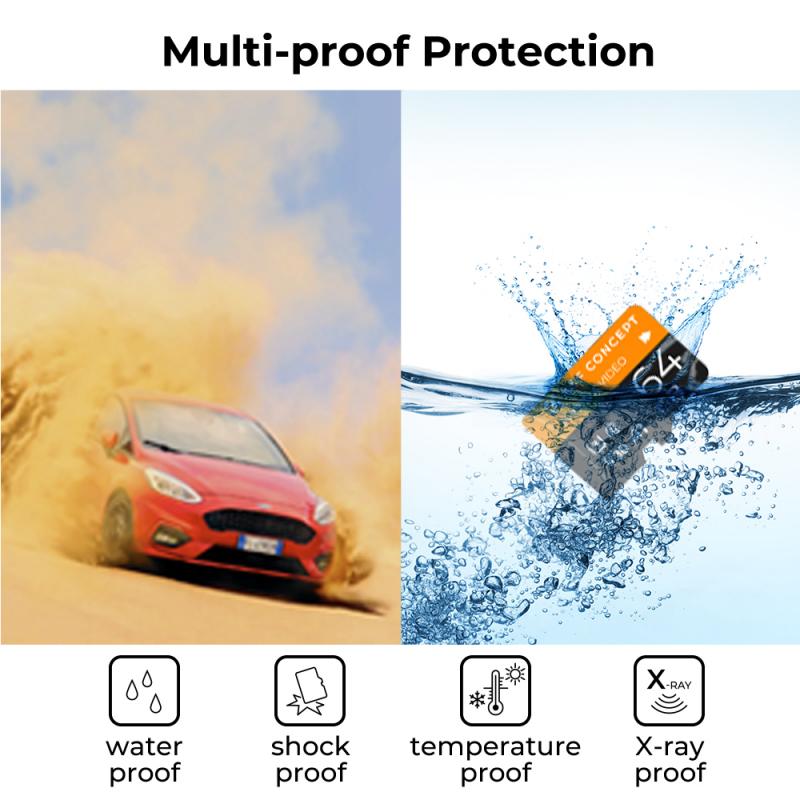
How to set up a wireless surveillance camera:
1. Camera selection and placement: The first step in setting up a wireless surveillance camera is to select the right camera and determine the best placement for it. Consider the area you want to monitor and choose a camera with the appropriate features, such as night vision, motion detection, and high resolution. Once you have selected the camera, determine the best location for it. Make sure it is placed in a spot that provides a clear view of the area you want to monitor.
2. Install the camera: Once you have selected the camera and determined the best placement for it, it's time to install the camera. Follow the manufacturer's instructions for installation, which typically involves mounting the camera and connecting it to your Wi-Fi network.
3. Set up the camera: After the camera is installed, you will need to set it up. This typically involves creating an account with the camera manufacturer and configuring the camera settings, such as motion detection sensitivity and recording options.
4. Monitor the camera: Once the camera is set up, you can monitor it using a smartphone app or web browser. Most cameras allow you to view live footage and receive alerts when motion is detected.
The latest point of view on wireless surveillance cameras is that they are becoming increasingly popular due to their ease of installation and convenience. With the rise of smart home technology, many homeowners are opting for wireless surveillance cameras to monitor their homes and keep their families safe. Additionally, advancements in camera technology have made wireless surveillance cameras more affordable and accessible to the average consumer. However, it is important to note that privacy concerns have also been raised with the use of surveillance cameras, and it is important to use them responsibly and ethically.
2、 Network setup and configuration

How to set up a wireless surveillance camera:
1. Choose the right camera: Before setting up a wireless surveillance camera, it is important to choose the right camera that suits your needs. Consider factors such as resolution, field of view, and night vision capabilities.
2. Install the camera: Once you have chosen the right camera, install it in the desired location. Make sure the camera is mounted securely and is facing the right direction.
3. Connect the camera to power: Wireless surveillance cameras require a power source to function. Connect the camera to a power outlet or use a battery pack if the camera is designed to be battery-powered.
4. Connect the camera to the network: To access the camera remotely, you need to connect it to your home network. Most cameras come with a mobile app that guides you through the setup process. Follow the instructions to connect the camera to your Wi-Fi network.
5. Configure the camera settings: Once the camera is connected to the network, you can configure the camera settings such as motion detection, recording schedules, and alerts. Make sure to set up a strong password to prevent unauthorized access.
Network setup and configuration:
Setting up a wireless surveillance camera requires a stable and reliable network connection. Make sure your Wi-Fi network is strong enough to support the camera's bandwidth requirements. If you experience connectivity issues, consider upgrading your router or adding a Wi-Fi extender to boost the signal strength. It is also important to keep your network secure by using strong passwords and enabling encryption. Regularly update your router's firmware to ensure it is protected against security vulnerabilities. Finally, consider using a virtual private network (VPN) to access the camera remotely. A VPN encrypts your internet traffic and provides an extra layer of security when accessing your camera from outside your home network.
3、 Power source and backup options

How to set up a wireless surveillance camera:
1. Choose the right camera: Before setting up a wireless surveillance camera, it is important to choose the right camera that suits your needs. Consider factors such as resolution, field of view, and night vision capabilities.
2. Install the camera: Once you have chosen the right camera, the next step is to install it. Most wireless surveillance cameras come with mounting brackets that can be attached to walls or ceilings. Make sure the camera is positioned in a way that covers the area you want to monitor.
3. Connect to Wi-Fi: To connect the camera to your Wi-Fi network, follow the manufacturer's instructions. This usually involves downloading an app and scanning a QR code to connect the camera to your network.
4. Set up alerts: Most wireless surveillance cameras come with motion detection capabilities. Set up alerts so that you are notified when the camera detects motion.
5. Monitor the camera: Once the camera is set up, you can monitor it from your smartphone or computer. Most cameras come with an app that allows you to view live footage and access recorded footage.
Power source and backup options:
Wireless surveillance cameras require a power source to function. Most cameras come with a power adapter that can be plugged into a wall outlet. However, if you want to install the camera in an area where there is no power outlet, you can use a battery-powered camera or a solar-powered camera.
Battery-powered cameras are easy to install and can be placed anywhere. They come with rechargeable batteries that can last for several months. Solar-powered cameras are also a good option if you want to install the camera in an area with no power outlet. They come with a solar panel that charges the camera's battery during the day.
In addition to power source options, it is important to have a backup plan in case of power outages. Some cameras come with a backup battery that can keep the camera running for a few hours. Others come with a backup storage option such as an SD card or cloud storage. It is important to choose a camera with a backup option that suits your needs.
4、 Mobile app and remote access setup
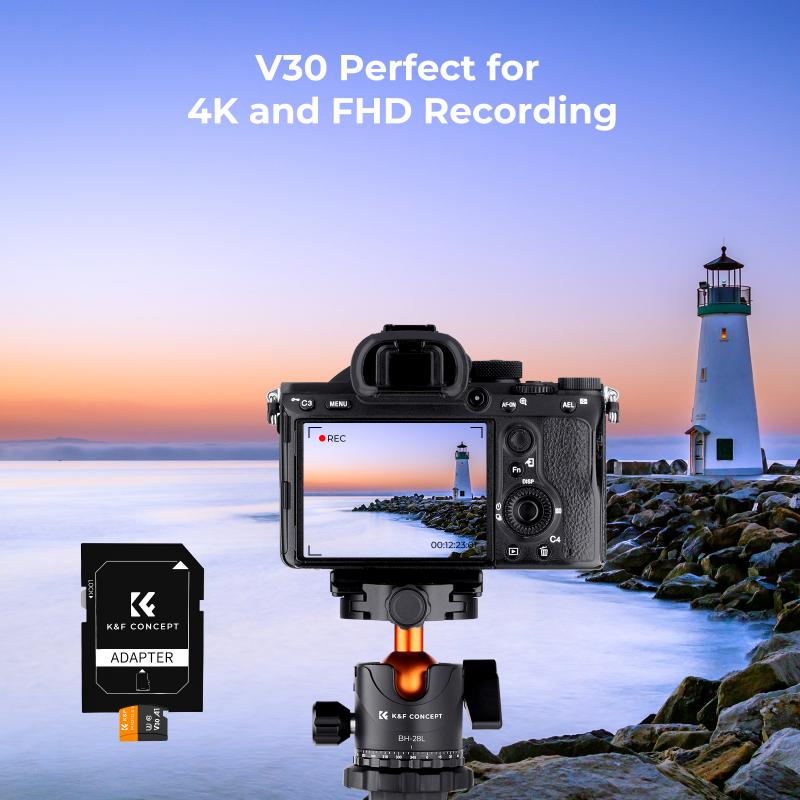
How to set up a wireless surveillance camera:
1. Choose the right camera: There are many wireless surveillance cameras available in the market. Choose the one that suits your needs and budget.
2. Install the camera: Follow the manufacturer's instructions to install the camera. Most cameras can be mounted on walls or ceilings.
3. Connect the camera to your Wi-Fi network: Most cameras come with a Wi-Fi adapter. Connect the camera to your Wi-Fi network using the adapter.
4. Download the mobile app: Download the mobile app provided by the manufacturer. The app will allow you to view the camera's live feed and control its settings.
5. Configure the camera: Use the mobile app to configure the camera's settings. You can set up motion detection, adjust the camera's angle, and set up alerts.
6. Test the camera: Test the camera to make sure it is working properly. Check the live feed and make sure you are receiving alerts.
Mobile app and remote access setup:
Most wireless surveillance cameras come with a mobile app that allows you to view the camera's live feed and control its settings. The app can be downloaded from the manufacturer's website or from the app store.
Remote access allows you to view the camera's live feed from anywhere in the world. To set up remote access, you will need to configure the camera's settings using the mobile app. You will also need to set up port forwarding on your router to allow remote access.
The latest point of view is that many wireless surveillance cameras now come with advanced features such as facial recognition, object detection, and voice control. These features make it easier to monitor your home or business and provide an added layer of security. Additionally, many cameras now come with cloud storage options, which allow you to store footage remotely and access it from anywhere.

